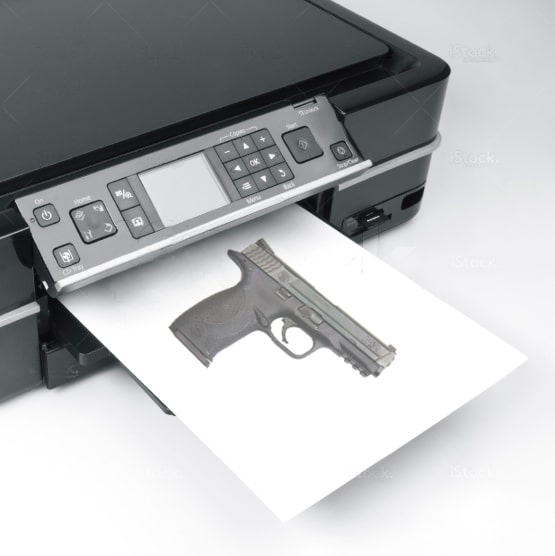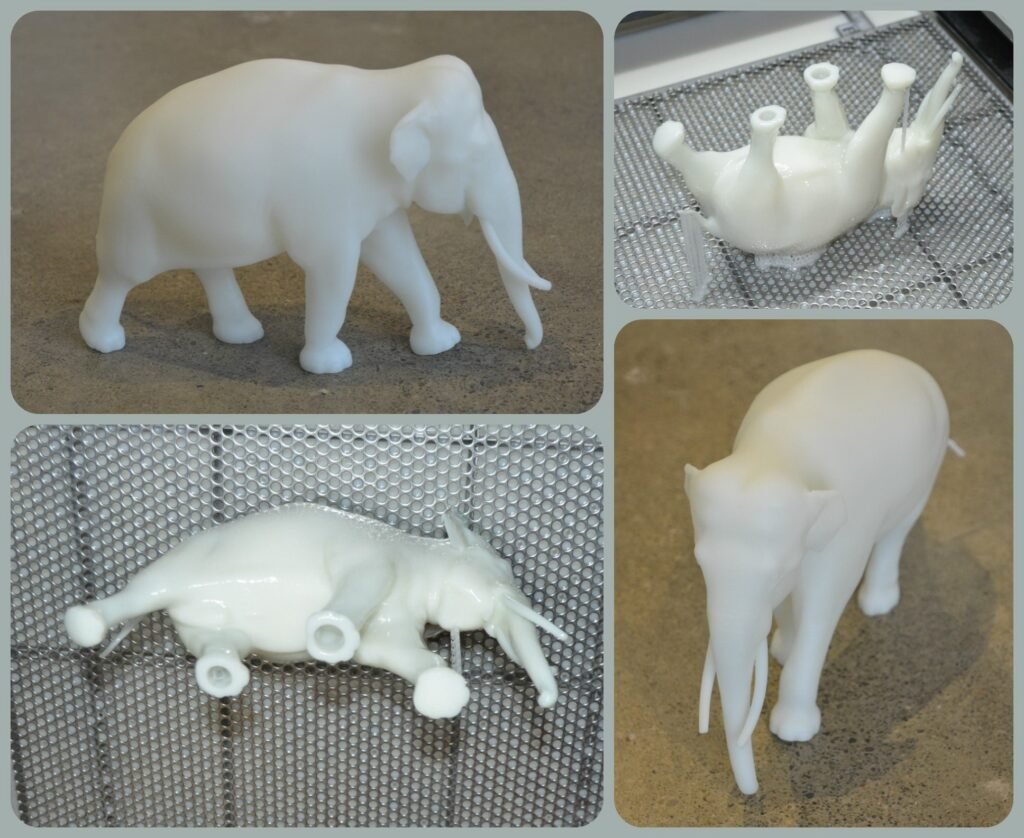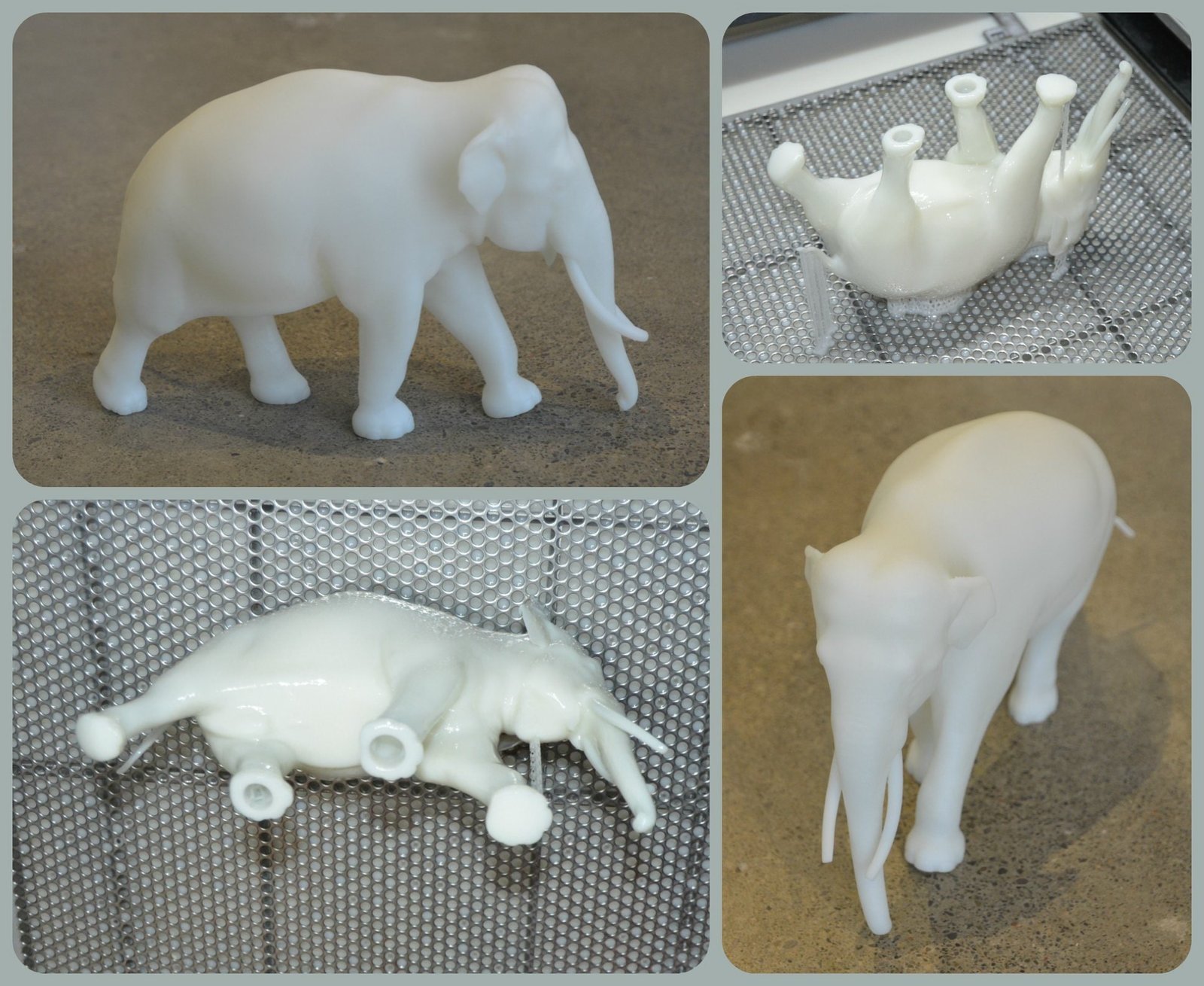3D printing may sound like the future of 2D printing and also because these technologies possess homogeneous names, in reality, the two technologies are diverse.

Printing Technologies
The word “printer” is broadly associated with the machine that uses ink or laser to print content on paper. Nevertheless, not many technology enthusiasts understand why 3D printers stand better off when it comes to transforming the ways humans change digital content to tangible products than 2D printers.
2D printing has been the backbone of documentation, advertising, and publishing for decades. It’s a technology that revolutionized how humans store and share information. On the other hand, 3D printing, also known as additive manufacturing, is a technology that moves beyond ink and paper to create physical objects. While the purpose of 2D printing is primarily communication, 3D printing focuses on creation.
Comparing the Evolution of 2D and 3D Printing
Today, printers are as ubiquitous as information itself. While 3D printing may be perceived as 2D printing with an additional dimension, the evolution and technological lifecycle of the two is entirely different.
2D printing originated in the mid-20th century, gaining widespread adoption in offices, schools, and homes. Its purpose has always been clear: to produce readable, visual documents quickly and efficiently. In contrast, 3D printing has evolved over the past few decades as a solution for prototyping and small-scale manufacturing. Its applications are as diverse as the industries it serves, from aerospace to healthcare and education.
The Technology Behind 3D Printing
3D printing goes beyond the concepts of scanning, copying, and paper printing. Additive manufacturing (the actual technical term for 3D printing) indeed is the technology of the future and sits well among the advanced concepts of reverse engineering, product innovation, and prototyping.
The process involves creating an object layer by layer, using materials such as plastic, resin, or powdered metals. Unlike 2D printing, which replicates content on a flat surface, 3D printing builds objects with depth, allowing for complex shapes and structures. This ability to produce intricate designs makes 3D printing invaluable in fields like medical prosthetics, automotive parts, and architectural models.

SLA 3D printed mini elephant model
A Fundamental Difference in Purpose
The comparison between the two technologies, in a way, is not even justified because technically speaking, 3D printing is microscale manufacturing. A 3D printer produces a part layer by layer from plastic, resin, or powder material. It’s additive manufacturing and by no means “printing.”
While 2D printers are designed to produce flat, visual content, 3D printers aim to convert digital models into physical products. This shift from visual to functional marks a significant difference in their purposes. Moreover, 2D printing has reached its technological peak, with advancements focusing on speed and resolution. Meanwhile, 3D printing continues to evolve, with new materials, techniques, and applications emerging regularly.
Transition from 2D to 3D Printing
Many 2D companies are considering transitioning from 2D to 3D printing and many have already invested and branched out to 3D printing.
This shift is not without challenges. Transitioning from a well-established technology like 2D printing to a relatively new and complex field like 3D printing requires significant investment in training, equipment, and infrastructure. Companies must also navigate the steep learning curve associated with understanding and mastering 3D printing technology.
Case Study: ABC Imaging’s Journey
ABC Imaging, an American blueprinting company offering 2D printing services, with more than 30 locations and 500 employees, started offering 3D printing services to its clients in 2018. Phil Magenheim, VP of 3D services at ABC Imaging comments, “3D printing is much different. It is not a volume-based offering but custom models or prototypes helping clients to communicate their ideas and concepts.” ABC Imaging faces difficulties with 3D printing technology regarding the selection of materials, equipment operations, and from an engineering aspect. “Employee selection and training creates a challenge as well,” adds Magenheim.
Despite these challenges, the benefits of adopting 3D printing are clear. The ability to produce custom models and prototypes opens new revenue streams and strengthens client relationships. By offering both 2D and 3D printing services, companies like ABC Imaging position themselves as versatile providers in a competitive market.
Expanding Applications of 3D Printing
The potential applications of 3D printing are vast and continually expanding. Industries such as healthcare use 3D printing to create custom prosthetics and medical devices, while the automotive and aerospace sectors leverage it for lightweight, durable parts. Even the fashion industry is exploring 3D printing for custom clothing and accessories.
The Future of Printing Technologies
The difference between 2D and 3D printing is not just in their output but in their impact on society. While 2D printing remains a staple for communication, 3D printing has the potential to revolutionize manufacturing, healthcare, and beyond. As technology advances, the line between the two may blur, with hybrid systems combining the strengths of both.
Learn More
Visit Custom Prototypes for more insights on 3D printing. The journey from 2D to 3D printing represents not just a technological evolution but a paradigm shift in how we create and interact with the physical world.

And the Rocketeer Award Goes To…

Cloudwalker

“Maplewing” – An innovative, Cost-Effective Fixed-Wing UAV

